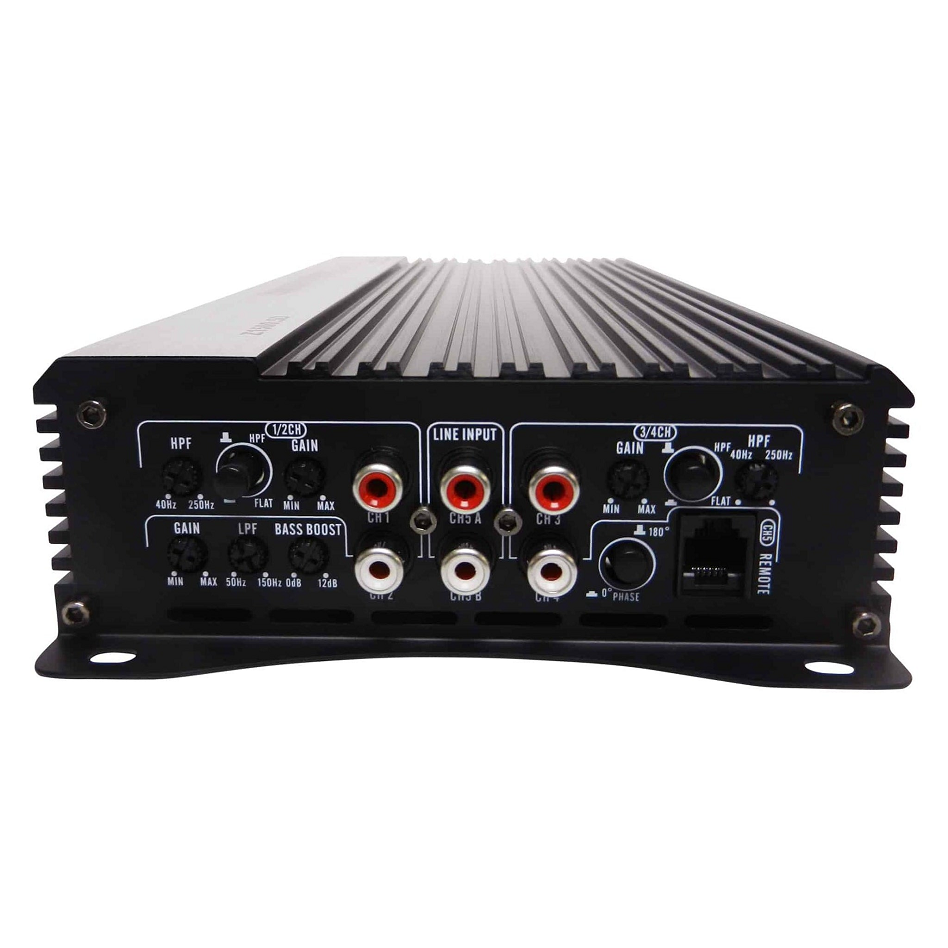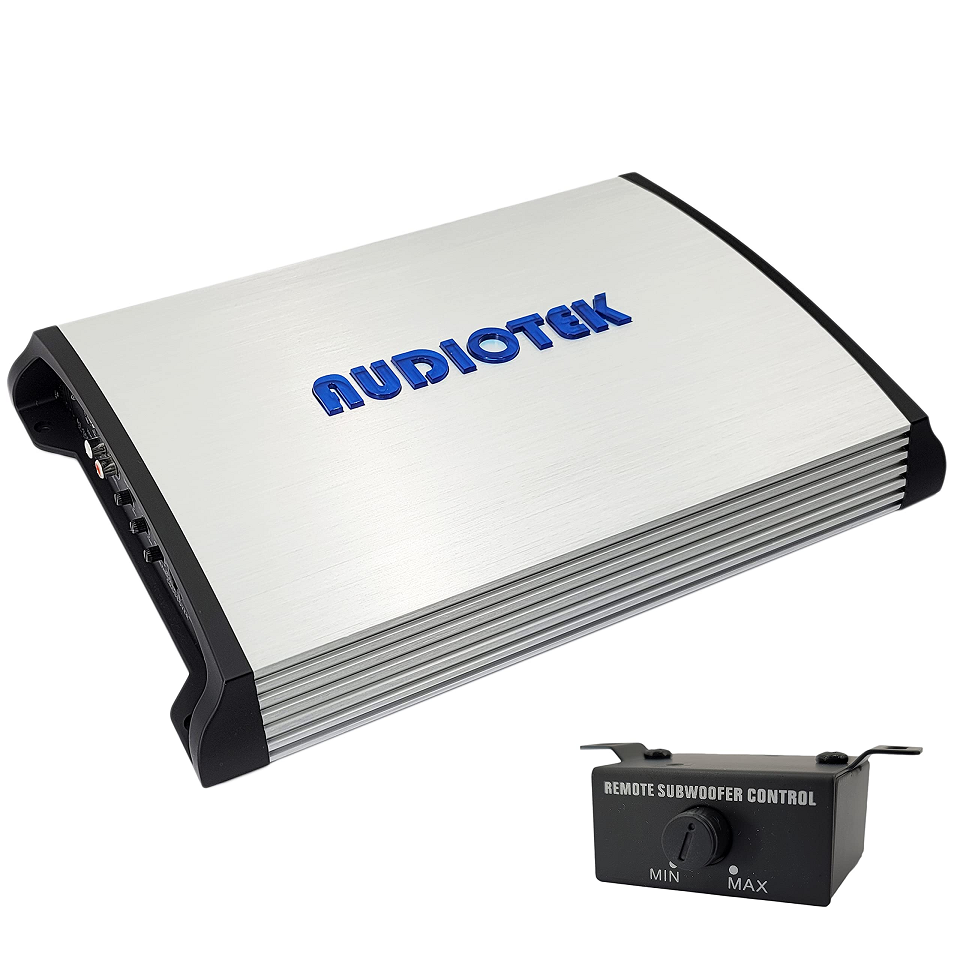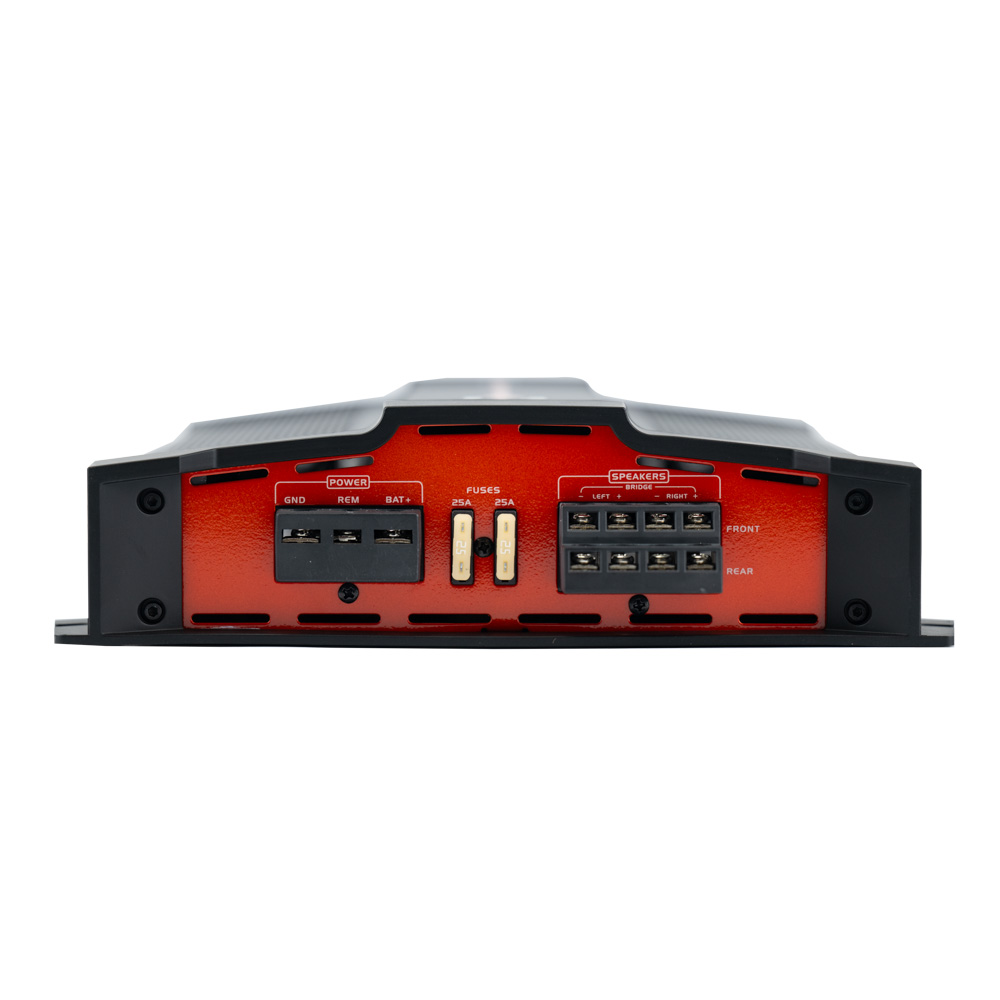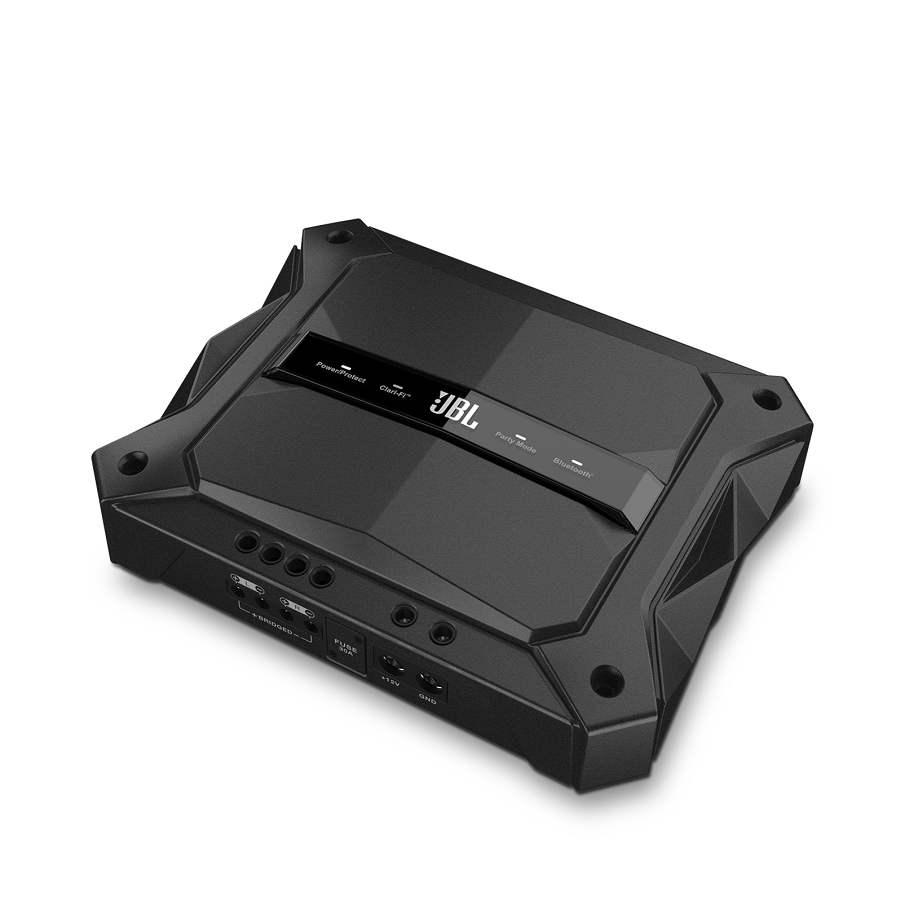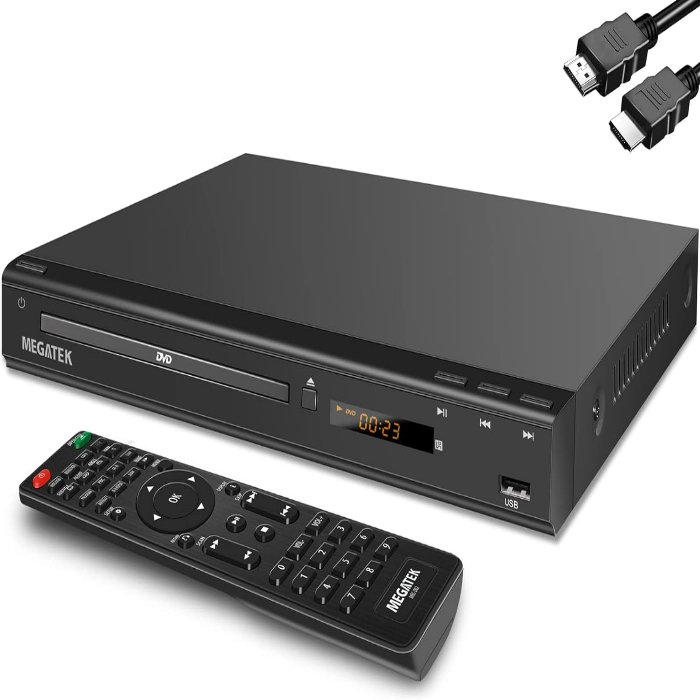Car amplifiers play a crucial role in enhancing audio systems, producing clear and powerful sound. In an age where music is an integral part of driving, understanding amplifiers is essential for anyone who wants an elevated audio experience. In this guide, we will explore car amplifiers in detail. We will discuss types, features, installation, and more.
Understanding Car Amplifiers
What is a Car Amplifier?
A car amplifier is a device that boosts the audio signal. It takes a weak audio signal from your head unit and strengthens it. This amplification allows you to hear your music clearly, even at high volumes. The primary function of an amplifier is to provide enough power to speakers. This ensures that songs are loud, clear, and free from distortion.
Most car audio systems consist of a head unit and speakers. While the head unit plays the music, it doesn’t always provide sufficient power to drive high-quality speakers. An amplifier solves this issue. It delivers more power, allowing speakers to perform at their best. Using an amplifier enhances the overall sound quality, especially for genres like rock or electronic music where the range of frequencies is broad.
Why You Need an Amplifier
Adding an amplifier to your car audio system brings several benefits. Firstly, it improves sound clarity. Without amplification, even the best speakers can sound flat. An amplifier enhances the dynamic range of the audio. This results in vocals being clearer and instruments being more distinct.
Secondly, amplifiers provide power. Many factory-installed audio systems lack enough wattage. This often leads to distortion when you increase the volume. A dedicated car amplifier ensures that your speakers receive adequate power. This allows for higher volume levels without compromising sound quality.
Additionally, car amplifiers can improve the responsiveness of your sound system. They help in achieving deeper bass and sharper treble. This enhanced quality can truly transform your listening experience.
Types of Car Amplifiers
Mono Amplifiers
Mono amplifiers are single-channel amplifiers. They are primarily designed to power subwoofers. Their primary purpose is to boost low-frequency sounds. This makes them ideal for drivers who want a deep bass experience. Mono amplifiers are efficient and can handle a significant amount of power. They offer clarity and ensure your subwoofer performs to its fullest potential.
One key advantage of mono amplifiers is their simplicity. They come with a single output. This makes them straightforward to install. Many mono amplifiers also feature adjustable settings. You can tweak gain, low-pass filters, and other features to optimize performance. They work well for anyone seeking a straightforward solution for deep bass.
2-Channel Amplifiers
2-channel amplifiers can power two speakers or a single subwoofer. They are versatile and offer a good balance of power and sound quality. These amplifiers can be used to drive full-range speakers. They can also be bridged to produce a more powerful output for a single subwoofer.
2-channel amplifiers are popular among DIY enthusiasts. They offer flexibility in setup. You can use them in a variety of configurations. Whether you want to enhance your front speakers or power a subwoofer, 2-channel amplifiers can meet your needs. They provide adequate power and good sound quality, making them a solid choice for many car audio systems.
4-Channel Amplifiers
4-channel amplifiers are the most common type used in car audio systems. They provide audio power to four speakers. This makes them ideal for a full-range system with front and rear speakers. Typically, 4-channel amplifiers have outputs that allow for bridging. When bridged, they can power subwoofers effectively.
4-channel amplifiers offer a balance of performance and flexibility. You can use them to amplify your entire system. This ensures that every speaker receives adequate power. Many models come with built-in filters and crossovers. This allows for optimizing sound quality across different frequencies. If you are building a basic audio system, a 4-channel amplifier may be the right choice for you.
Key Features of Car Amplifiers
Power Ratings
Power ratings are crucial when choosing a car amplifier. These ratings are expressed in watts. It determines how much power the amplifier can deliver to your speakers. There are two main ratings: RMS and peak power. RMS (Root Mean Square) is the continuous power the amplifier can handle, while peak power refers to the maximum output for a short time.
When matching an amplifier to speakers, consider the RMS rating. Your amplifier should ideally deliver power that matches or slightly exceeds the RMS rating of the speakers. This ensures optimal performance without damaging the components.
Signal-to-Noise Ratio (SNR)
Signal-to-noise ratio is another essential feature of car amplifiers. It measures the clarity of the audio signal relative to background noise. A higher SNR means clearer sound. Look for amplifiers with an SNR of 90dB or more for optimal audio quality. This ensures that your music sounds crisp and free from interference.
Total Harmonic Distortion (THD)
Total harmonic distortion measures the distortion in the audio signal. Lower THD percentages indicate better sound quality. Look for amplifiers with a THD rating below 1%. This indicates that the amplifier reproduces audio close to the original recording without adding unwanted sounds.
Installation of Car Amplifiers
Preparing for Installation
Before installing a car amplifier, you need to gather some materials. First, you should have the amplifier, wiring kit, and tools. The wiring kit usually contains power wires, ground wires, signal cables, and fuses.
Next, decide where you want to mount the amplifier. Common locations include under the seat, in the trunk, or behind the dashboard. Ensure the area allows for proper ventilation. Amplifiers can get hot during operation. Good airflow will help maintain the right temperature.
Steps to Install
- Disconnect the Battery: Safety first! Always disconnect the negative terminal of your car battery before beginning installation.
- Run Power Wire: Start by running the power wire from the battery to the amplifier’s location. Create a small hole in the firewall if necessary. Ensure the wire is secured and away from moving parts.
- Connect Ground Wire: Connect the ground wire to a metal frame or bolt for a secure connection. Use sandpaper to remove paint and rust for a better bond.
- Connect Signal Wires: Use RCA cables to connect the head unit and the amplifier. Follow the manual to ensure proper connections.
- Connect Speakers: Connect your speakers to the amplifier’s output. Follow the correct configuration to ensure optimal performance.
- Reconnect the Battery: Once all connections are made, reconnect the battery. Turn on your car and the amplifier to test the connections.
Troubleshooting Common Issues
If your amplifier isn’t working, there are a few common issues to check. First, inspect all your connections. Loose or incorrect connections can cause performance issues.
Also, check the fuse. If it’s blown, replace it with one of the same rating. Lastly, if the amplifier is overheating, ensure it has enough ventilation. An overheating amplifier can lead to performance issues or damage.
Choosing the Right Car Amplifier
Consider Your Needs
Assess your listening preferences. If you value deep bass, consider a mono amplifier. For balanced audio across all frequencies, a 4-channel amplifier may be suitable.
Consider how many speakers you have. This will guide you in choosing the right amplifier. Take the time to evaluate what you need before making a purchase.
Budgeting for an Amplifier
Car amplifiers vary in price. Set a budget before shopping. Higher-end models often come with advanced features but may not be necessary for everyone. Find a balance between your needs and budget.
Research Brands and Models
Research various brands and models. Look for reviews, ratings, and user feedback. Popular brands like JBL, Alpine, and Rockford Fosgate have solid reputations. Make informed decisions to ensure you choose a reliable amplifier.
Conclusion
Understanding car amplifiers is vital for enhancing your audio experience. They are more than just components; they dramatically improve sound quality and overall enjoyment. Choosing the right amplifier requires you to know your needs, budget, and preferences.
Amplifiers can elevate your listening experience during every drive. With the right setup, your journey can become a concert-like experience. Enjoy the process of enhancing your car audio system!
